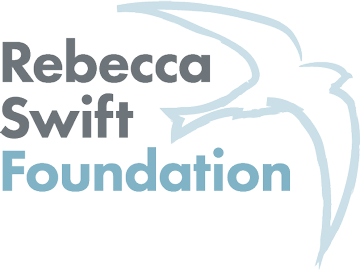A poem doesn’t exist, for me, until I’ve felt it in my mouth. They often begin with a catch of sound, an earworm that bothers me until I give it space to wriggle about on the page. Sometimes I’ll find myself trying out lines as I cycle along, the polyrhythmic framework of pedals and breath giving shape to the poem. My lips, teeth and tongue tell me when something’s wrong: if I stumble or stutter or run out of air, it’s a sign that something in the poem isn’t sitting right. When I read a draft of a poem and it flows and breaks in a way that makes me smile, that’s when I know it’s the final draft.
The first poetry I wrote in earnest was performance poetry, and, while I’ve moved away for that field and mostly write now with the page in mind, I’ll always be grateful for what slam taught me about sound. A poem, like a person, lives on breath, and when you’ve spent hours choreographing the music and movement of a text, hours shaping it to different stages and different audiences, the knowledge of breath grows strong inside you.
As a rule of thumb, a breath on stage is equivalent to a line on the page: they measure out ideas in the same way. Speaking many words in one breath tends towards speed, overwhelm, high emotion; writing few words in one line tends towards space, calm, moments of reflection. Each word in a long breath carries less relative weight; each word in a short line must be read or spoken with significance.
All this is as much true for visual poetry as it is for more standard forms. Indeed, it’s sometimes easier to read (or write) visual poetry as a musical score than as a poem. Visual poetry and sound poetry are twins, rooted in the same insights about breath and space. The dominant dimension in performed poetry is time – the words tumble forward, pulling the audience forward in one singular direction – while the dominant dimension in written poetry is space, the shape of the lines asking the reader to make connections backwards and forwards, upwards and downwards. Just as movement and gesture are then used in performance to emphasise the quieter spatial dimension of the poem, layout is used on the page to add temporality to the text.
I wonder if the historically recent shift away from the more obvious aural techniques of rhyme and alliteration in English-language poetry is a direct effect of the expansion of access to the printed word. All poetry relies on making new connections between ideas, and rhyme, quite apart from its usefulness for memorisation, is a clear way of saying that one word word belongs somehow to another. In the mouth, a rhyme echoes backwards through the poem, reminding you of what has gone before. To the eyes, a rhyme can seem too much, as they’re quite capable of scanning up and seeing which other words have come at that most significant place, the end of the line, the end of the breath.
It is easy fodder for the arts pages of daily newspapers to write on the supposed rise of performance poetry (as if it hasn’t always been the more popular and successful form!), and the obvious rhymes of page and stage make for a good versus (as if poets don’t write both!). Such articles miss the lively connections between the two interwoven modes of verse, the ways that sound still lives in ink, the ways the written word is implied by the spoken. There are poems that will only ever be spoken, and there are poems whose life on the page is untranslatable into sound, and these too are poetry, but for most poems, and most poets, sound and text bring are just two different perspectives on the same thing: word.
Here are a few exercises that can help you feel these heady ideas all the way through your body:
(1) Take a poem and double all the spaces and line breaks. How does it feel different now? Where does the space add to the poem, and where does it take it away?
(2) Take a poem and split each line in two, adding a new line break somewhere in each line. How does it read different? How does it sound different?
(3) Speak a poem aloud, and then again at double speed, and then again at half speed. What different emotions come forward? How would you reshape the poem on the page for each of these versions?
(4) Read a poem while moving around a room. What happens? Read a poem while moving around a field. What happens?
(5) Sit in a public square and translate everything you hear into letters on a page. Now take that page and translate it back into sound.

Harry Josephine Giles is a writer and performer from Orkney, living in Leith. Her verse novel Deep Wheel Orcadia was published by Picador in October 2021 and was a Poetry Book Society Winter Selection. Her poetry collections The Games (Out-Spoken Press, 2018) and Tonguit (Freight Books 2015) were between them shortlisted for the Forward Prize for Best First Collection, the Saltire Prize and the Edwin Morgan Poetry Award. She has a PhD in Creative Writing from the University of Stirling. Her show Drone debuted in the Made in Scotland Showcase at the 2019 Edinburgh Fringe and toured internationally, and her performance What We Owe was picked by the Guardian’s best-of-the-Fringe 2013 roundup – in the “But Is It Art?” category.

